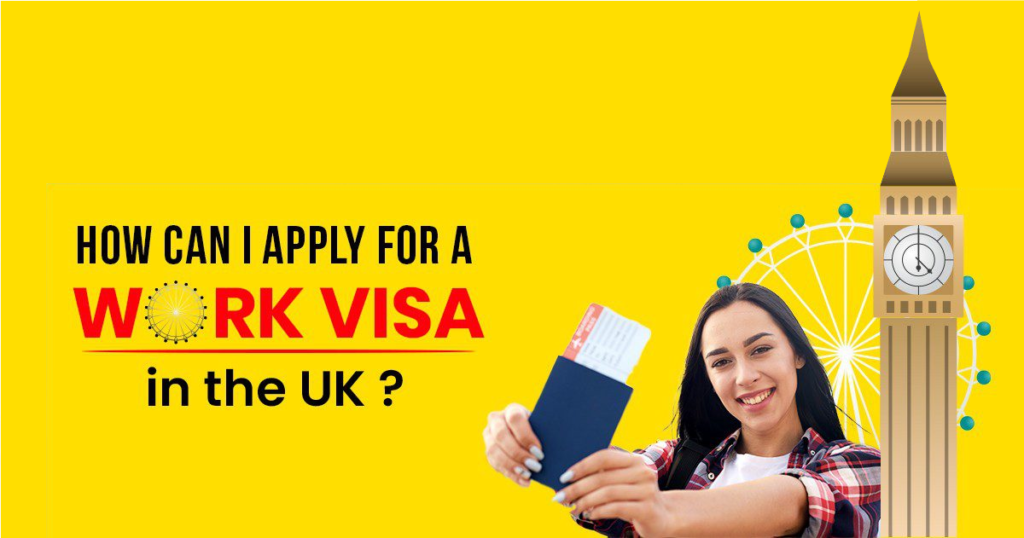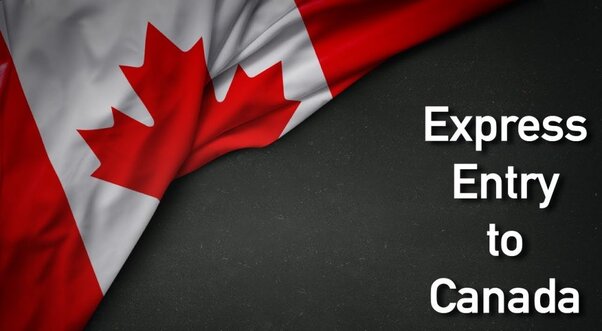The United States is a top destination for international students seeking world-class education and diverse cultural experiences.
To study in the U.S., you’ll need to obtain a student visa, specifically the F-1 visa. We have provides information on the requirements and application process for obtaining an F-1 student visa.
1. Understanding the F-1 Student Visa
Overview
The F-1 visa is a non-immigrant visa for students who wish to pursue academic studies or language training programs at a U.S. accredited institution. This visa allows you to remain in the U.S. for the duration of your educational program plus an additional 60 days to prepare for departure or transfer to another program.
Key Benefits
- Study at Accredited Institutions: Enroll in full-time academic programs.
- Work Opportunities: On-campus employment and optional practical training (OPT) are available.
- Dependents: Spouses and children can accompany the student on F-2 visas.
2. Eligibility Criteria
Academic Acceptance
- Admission: You must be accepted by a Student and Exchange Visitor Program (SEVP)-approved school. The institution will issue a Form I-20, Certificate of Eligibility for Nonimmigrant Student Status.
Full-Time Enrollment
- Program Requirements: Enroll as a full-time student in an academic program or language training program.
English Proficiency
- Language Skills: Demonstrate proficiency in English or be enrolled in courses leading to English proficiency.
Financial Support
- Proof of Funds: Show evidence of sufficient financial resources to cover tuition, living expenses, and return transportation.
Intent to Return Home
- Non-Immigrant Intent: Prove that you intend to return to your home country after completing your studies.
3. Required Documents
Before Applying
- Valid Passport: Must be valid for at least six months beyond your period of stay in the U.S.
- Form I-20: Issued by the SEVP-approved school after acceptance.
- Financial Documents: Bank statements, scholarship letters, or affidavits of support.
For Visa Application
- Form DS-160: Online Nonimmigrant Visa Application form.
- Application Fee Receipt: Proof of payment for the visa application fee (USD 160 as of current year).
- Passport Photo: A recent passport-sized photo meeting the U.S. visa photo requirements.
For Visa Interview
- Visa Interview Appointment Confirmation: Confirmation of your appointment for the visa interview at the U.S. embassy or consulate.
- Additional Documents: Any other documents requested by the embassy or consulate, such as transcripts, standardized test scores, and evidence of ties to your home country.
4. The Application Process
Step-by-Step Guide
- Apply to an SEVP-Approved School: Ensure the institution is accredited and recognized by the Student and Exchange Visitor Program. Receive your Form I-20 upon acceptance.
- Pay the SEVIS Fee: Pay the Student and Exchange Visitor Information System (SEVIS) fee (USD 350 for F-1 students as of the current year) online and keep the receipt.
- Complete Form DS-160: Fill out the DS-160 form online, print the confirmation page with the barcode, and save it for your records.
- Pay the Visa Application Fee: Pay the non-refundable visa application fee and keep the receipt.
- Schedule the Visa Interview: Book an appointment for your visa interview at the nearest U.S. embassy or consulate. Wait times can vary, so schedule well in advance.
- Attend the Visa Interview: Bring all required documents, including your passport, Form I-20, DS-160 confirmation page, visa application fee receipt, SEVIS fee receipt, financial documents, and any additional documents requested.
5. Preparing for the Visa Interview
What to Expect
- Questions: Be prepared to answer questions about your chosen program, reasons for studying in the U.S., financial stability, and post-study plans.
- Documents: Ensure all documents are organized and easily accessible.
- Professionalism: Dress professionally and be punctual.
Tips for Success
- Be Honest: Provide truthful and concise answers.
- Practice English: If English is not your first language, practice speaking clearly and confidently.
- Know Your Program: Be familiar with the details of your study program and institution.
6. After the Interview
Visa Approval
- Visa Issuance: If approved, your passport will be returned with the F-1 visa stamp.
- Travel to the U.S.: You can enter the U.S. up to 30 days before the start date on your Form I-20.
Visa Denial
- Reapply: If denied, you may reapply by addressing the issues that led to the denial.
7. Maintaining F-1 Visa Status
During Your Studies
- Full-Time Enrollment: Maintain full-time student status as defined by your institution.
- Valid Documentation: Keep your passport and I-20 valid and up-to-date.
- On-Campus Work: You may work up to 20 hours per week during the academic term and full-time during breaks.
Optional Practical Training (OPT)
- Eligibility: Apply for OPT to gain work experience in your field of study. You can work up to 12 months after completing your academic program.
Conclusion
The F-1 student visa process for the USA involves several critical steps, from securing admission to an SEVP-approved institution to maintaining your visa status during your studies. By understanding the requirements and preparing thoroughly, you can successfully navigate the application process and embark on your educational journey in the United States.

